Automotive
Trudeau and Ford at it again with more taxpayers dollars for EVs
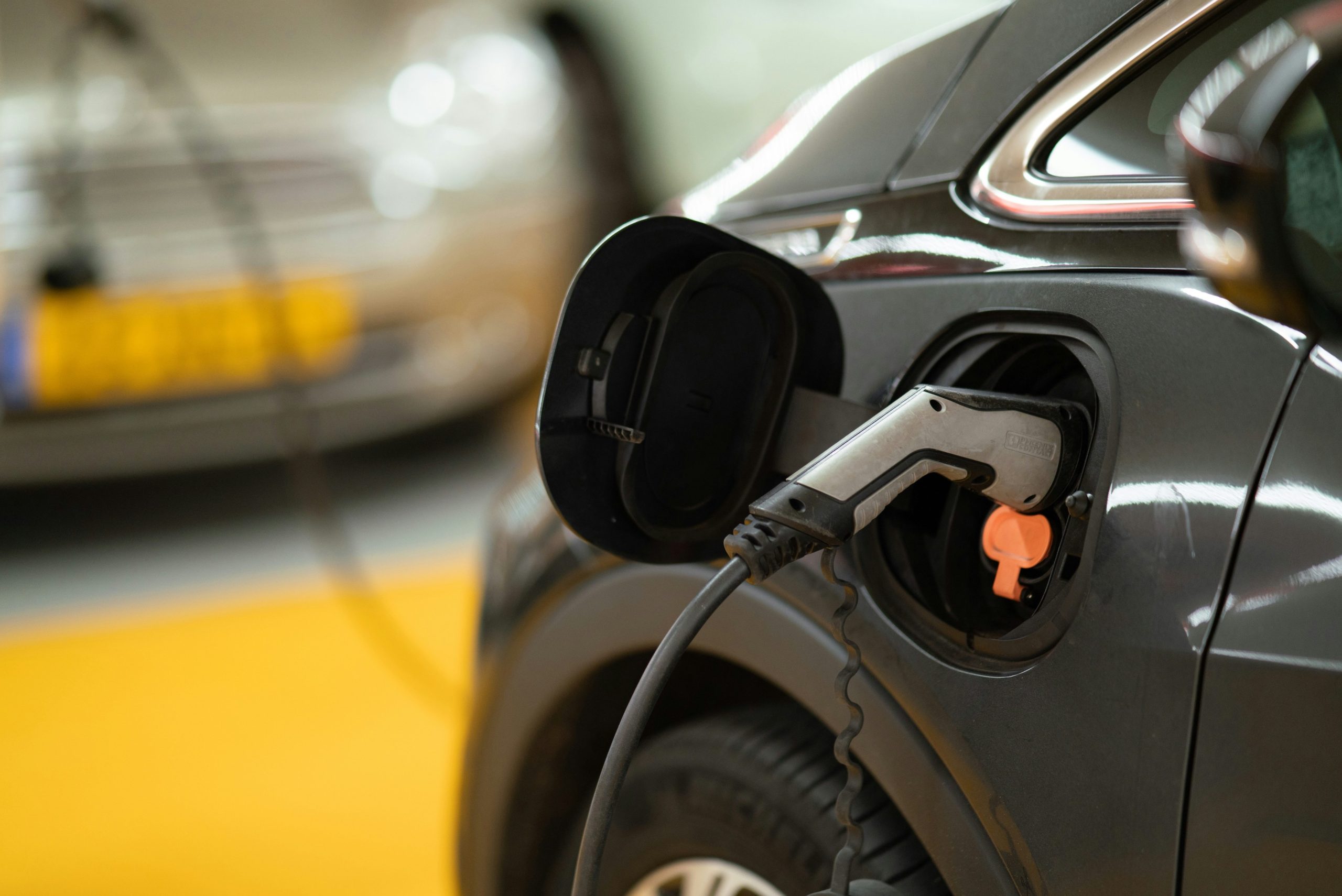
From Canadians For Affordable Energy

More good money is being thrown after bad, but that seems to be the theme of Trudeau’s government.
On Monday Goodyear Tire announced a $575 million expansion of their Eastern Ontario manufacturing plant to produce electric vehicles, and to make their plant more energy efficient.
And Doug Ford and Justin Trudeau were there for the photo opportunity. Why? Because — shocker — this move comes with serious money from taxpayers in Ontario and throughout Canada. Goodyear is set to receive up to $44.3 million from the federal government through the Strategic Innovation Fund and $20 million from Ontario through the provincial Invest Ontario.
In case you’ve lost track of the money — your money — which has been thrown down this blackhole to date, here’s only some of the close to $46 billion that has been committed:
- Northvolt, electric vehicle battery manufacturing facility, up to $1.34 billion
- Stellantis—LGES (NextStar), EV battery manufacturing facility — $5 billion
- Volkswagen (PowerCo), Federal ($700 million) and Ontario governments ($500 million)
- Ford EcoPro, $322 million
- Stellantis, Federal ($529 million) and Ontario government ($513 million)
- Umicore, Federal ($551.3 million) and Ontario government ($424.6 million)
- Ford Motor Company of Canada, $295 million from both the Federal and Ontario governments
- GM Ingersoll, $259 million from both the Federal and Ontario governments
More taxpayer dollars for cars that no one wants to buy, and are only affordable with heavy government subsidies.
In fact, last month Ford Canada announced that they would be abandoning their plans to retool their plant in Oakville, ON to focus on EV production. Instead, the plant will begin to produce their popular F-Series gasoline-powered heavy duty pickup truck. Ford plants in Ohio and Kentucky are at full capacity and can’t keep up with the demand for the F-Series, so they are shifting some of the load to Oakville. (Trudeau might learn a lesson here about supply and demand, which is what makes a healthy economy work.)
Plant workers were no doubt relieved to hear this, as Ford had already delayed the date when the plant would begin producing EVs from 2025 to 2027, due no doubt to their multi-billion dollar annual losses on EVs. (They lost $4.7 billion on EVs in 2023 and they’re projected to lose nearly $5.5 billion this year.) Many workers had already been laid off, and many more layoffs were expected. But now they’ll be hard at work producing a reliable Internal Combustion Engine (ICE) pickup.
This should come as no surprise. We need only look around the world for examples of dwindling EV sales. In Germany, EV sales fell by 37%. This slump is directly related to the premature ending of the purchase subsidies program. Budget issues forced Germany to end the program a year sooner than anticipated.
In fact, whenever a country reports an increase in EV sales, be sure to look at the subsidies being offered. “In France, a social leasing scheme which helps to provide cheap EVs to low-income households helped see BEV sales increase by 14.9 per cent in the first half of 2024”. And in Italy EV incentives helped push EV sales “up by 7 per cent across the first six months of the year.”
The lavish subsidy programs for EVs have created a false economy whereby they are only attractive and affordable with taxpayer handouts. Canada should expect the same slump in sales when our own subsidy programs come to an end.
In fact, the only nation which shows no sign of slowing down on electric vehicles is China, where they’re pumping them out at breakneck speed. This is, of course, so that they can take advantage of the EV mandates which Canada and other nations have enacted. China’s EV manufacturers are able to undercut Western producers since they control the lion’s share of Lithium battery production.
Their government also heavily subsidizes the industry. But chances are, once they control most of the EV market share, bankrupting smaller producers, they’ll jack up the price. And because of the mandates, drivers will either have to pay what they’re asking, or else invest in a horse and buggy.
This has led to calls for the Trudeau government to impose punitive tariffs on Chinese EVs, to prevent them from inundating the Canadian market to the detriment of Canada’s economy and Canadian workers. Trudeau and co have dragged their feet, likely because they don’t want to offend Chairman Xi.
We certainly should impose those tariffs. But what would be even better for regular, everyday Canadian taxpayers — not that that ever seems to be top-of-mind for Trudeau or Doug Ford — would be to scrap the EV mandates altogether. Forcing Canadians to buy EVs by 2035 is a terrible policy that will make us poorer as individuals and poorer as a nation. And it will ultimately fail.
Better to admit that now, while we still have some money we haven’t paid out by the truckload to green corporate grifters.
Dan McTeague is President of Canadians for Affordable Energy.
Automotive
Ford’s EV Fiasco Fallout Hits Hard


From the Daily Caller News Foundation
I’ve written frequently here in recent years about the financial fiasco that has hit Ford Motor Company and other big U.S. carmakers who made the fateful decision to go in whole hog in 2021 to feed at the federal subsidy trough wrought on the U.S. economy by the Joe Biden autopen presidency. It was crony capitalism writ large, federal rent seeking on the grandest scale in U.S. history, and only now are the chickens coming home to roost.
Ford announced on Monday that it will be forced to take $19.5 billion in special charges as its management team embarks on a corporate reorganization in a desperate attempt to unwind the financial carnage caused by its failed strategies and investments in the electric vehicles space since 2022.
Cancelled is the Ford F-150 Lightning, the full-size electric pickup that few could afford and fewer wanted to buy, along with planned introductions of a second pricey pickup and fully electric vans and commercial vehicles. Ford will apparently keep making its costly Mustang Mach-E EV while adjusting the car’s features and price to try to make it more competitive. There will be a shift to making more hybrid models and introducing new lines of cheaper EVs and what the company calls “extended range electric vehicles,” or EREVs, which attach a gas-fueled generator to recharge the EV batteries while the car is being driven.
Dear Readers:
As a nonprofit, we are dependent on the generosity of our readers.
Please consider making a small donation of any amount here.
Thank you!
“The $50k, $60k, $70k EVs just weren’t selling; We’re following customers to where the market is,” Farley said. “We’re going to build up our whole lineup of hybrids. It’s gonna be better for the company’s profitability, shareholders and a lot of new American jobs. These really expensive $70k electric trucks, as much as I love the product, they didn’t make sense. But an EREV that goes 700 miles on a tank of gas, for 90% of the time is all-electric, that EREV is a better solution for a Lightning than the current all-electric Lightning.”
It all makes sense to Mr. Farley, but one wonders how much longer the company’s investors will tolerate his presence atop the corporate management pyramid if the company’s financial fortunes don’t turn around fast.
To Ford’s and Farley’s credit, the company has, unlike some of its competitors (GM, for example), been quite transparent in publicly revealing the massive losses it has accumulated in its EV projects since 2022. The company has reported its EV enterprise as a separate business unit called Model-E on its financial filings, enabling everyone to witness its somewhat amazing escalating EV-related losses since 2022:
• 2022 – Net loss of $2.2 billion
• 2023 – Net loss of $4.7 billion
• 2024 – Net loss of $5.1 billion
Add in the company’s $3.6 billion in losses recorded across the first three quarters of 2025, and you arrive at a total of $15.6 billion net losses on EV-related projects and processes in less than four calendar years. Add to that the financial carnage detailed in Monday’s announcement and the damage from the company’s financial electric boogaloo escalates to well above $30 billion with Q4 2025’s damage still to be added to the total.
Ford and Farley have benefited from the fact that the company’s lineup of gas-and-diesel powered cars have remained strongly profitable, resulting in overall corporate profits each year despite the huge EV-related losses. It is also fair to point out that all car companies were under heavy pressure from the Biden government to either produce battery electric vehicles or be penalized by onerous federal regulations.
Now, with the Trump administration rescinding Biden’s harsh mandates and canceling the absurdly unattainable fleet mileage requirements, Ford and other companies will be free to make cars Americans actually want to buy. Better late than never, as they say, but the financial fallout from it all is likely just beginning to be made public.
- David Blackmon is an energy writer and consultant based in Texas. He spent 40 years in the oil and gas business, where he specialized in public policy and communications.
Automotive
Politicians should be honest about environmental pros and cons of electric vehicles

From the Fraser Institute
By Annika Segelhorst and Elmira Aliakbari
According to Steven Guilbeault, former environment minister under Justin Trudeau and former member of Prime Minister Carney’s cabinet, “Switching to an electric vehicle is one of the most impactful things Canadians can do to help fight climate change.”
And the Carney government has only paused Trudeau’s electric vehicle (EV) sales mandate to conduct a “review” of the policy, despite industry pressure to scrap the policy altogether.
So clearly, according to policymakers in Ottawa, EVs are essentially “zero emission” and thus good for environment.
But is that true?
Clearly, EVs have some environmental advantages over traditional gasoline-powered vehicles. Unlike cars with engines that directly burn fossil fuels, EVs do not produce tailpipe emissions of pollutants such as nitrogen dioxide and carbon monoxide, and do not release greenhouse gases (GHGs) such as carbon dioxide. These benefits are real. But when you consider the entire lifecycle of an EV, the picture becomes much more complicated.
Unlike traditional gasoline-powered vehicles, battery-powered EVs and plug-in hybrids generate most of their GHG emissions before the vehicles roll off the assembly line. Compared with conventional gas-powered cars, EVs typically require more fossil fuel energy to manufacture, largely because to produce EVs batteries, producers require a variety of mined materials including cobalt, graphite, lithium, manganese and nickel, which all take lots of energy to extract and process. Once these raw materials are mined, processed and transported across often vast distances to manufacturing sites, they must be assembled into battery packs. Consequently, the manufacturing process of an EV—from the initial mining of materials to final assembly—produces twice the quantity of GHGs (on average) as the manufacturing process for a comparable gas-powered car.
Once an EV is on the road, its carbon footprint depends on how the electricity used to charge its battery is generated. According to a report from the Canada Energy Regulator (the federal agency responsible for overseeing oil, gas and electric utilities), in British Columbia, Manitoba, Quebec and Ontario, electricity is largely produced from low- or even zero-carbon sources such as hydro, so EVs in these provinces have a low level of “indirect” emissions.
However, in other provinces—particularly Alberta, Saskatchewan and Nova Scotia—electricity generation is more heavily reliant on fossil fuels such as coal and natural gas, so EVs produce much higher indirect emissions. And according to research from the University of Toronto, in coal-dependent U.S. states such as West Virginia, an EV can emit about 6 per cent more GHG emissions over its entire lifetime—from initial mining, manufacturing and charging to eventual disposal—than a gas-powered vehicle of the same size. This means that in regions with especially coal-dependent energy grids, EVs could impose more climate costs than benefits. Put simply, for an EV to help meaningfully reduce emissions while on the road, its electricity must come from low-carbon electricity sources—something that does not happen in certain areas of Canada and the United States.
Finally, even after an EV is off the road, it continues to produce emissions, mainly because of the battery. EV batteries contain components that are energy-intensive to extract but also notoriously challenging to recycle. While EV battery recycling technologies are still emerging, approximately 5 per cent of lithium-ion batteries, which are commonly used in EVs, are actually recycled worldwide. This means that most new EVs feature batteries with no recycled components—further weakening the environmental benefit of EVs.
So what’s the final analysis? The technology continues to evolve and therefore the calculations will continue to change. But right now, while electric vehicles clearly help reduce tailpipe emissions, they’re not necessarily “zero emission” vehicles. And after you consider the full lifecycle—manufacturing, charging, scrapping—a more accurate picture of their environmental impact comes into view.
-

 Alberta2 days ago
Alberta2 days agoDanielle Smith slams Skate Canada for stopping events in Alberta over ban on men in women’s sports
-
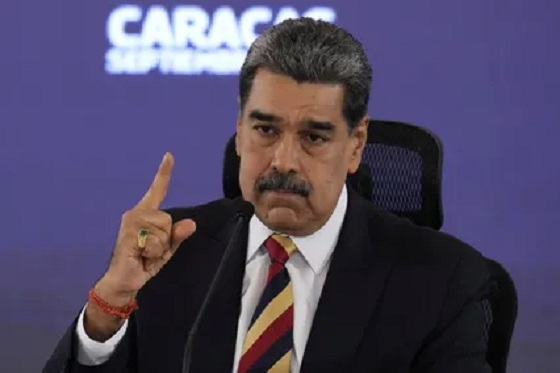
 International1 day ago
International1 day agoTOTAL AND COMPLETE BLOCKADE: Trump cuts off Venezuela’s oil lifeline
-
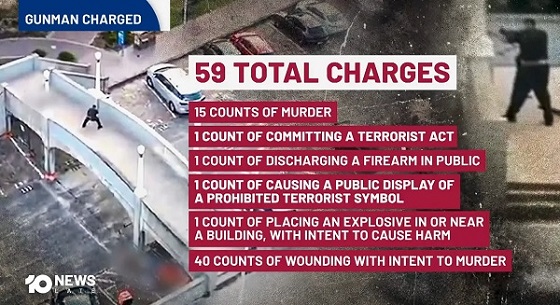
 Crime2 days ago
Crime2 days agoThe Uncomfortable Demographics of Islamist Bloodshed—and Why “Islamophobia” Deflection Increases the Threat
-
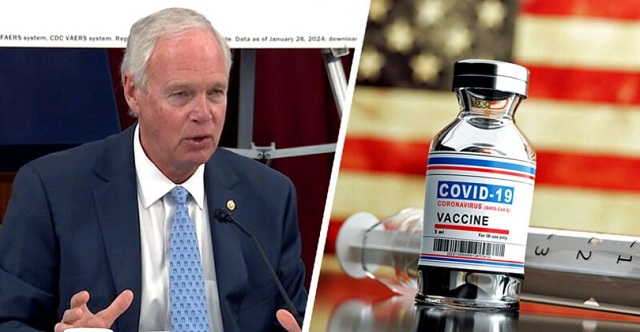
 COVID-191 day ago
COVID-191 day agoSenator Demands Docs After ‘Blockbuster’ FDA Memo Links Child Deaths To COVID Vaccine
-

 Business16 hours ago
Business16 hours agoCanada Hits the Brakes on Population
-

 COVID-191 day ago
COVID-191 day agoChina Retaliates Against Missouri With $50 Billion Lawsuit In Escalating Covid Battle
-
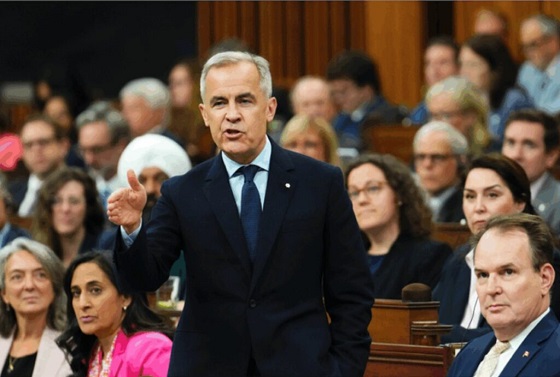
 Energy2 days ago
Energy2 days agoLiberals Twisted Themselves Into Pretzels Over Their Own Pipeline MOU
-

 International2 days ago
International2 days agoBondi Beach Shows Why Self-Defense Is a Vital Right






